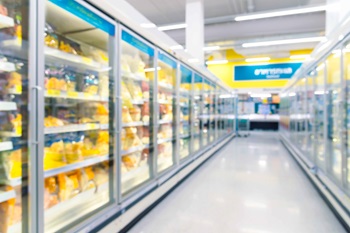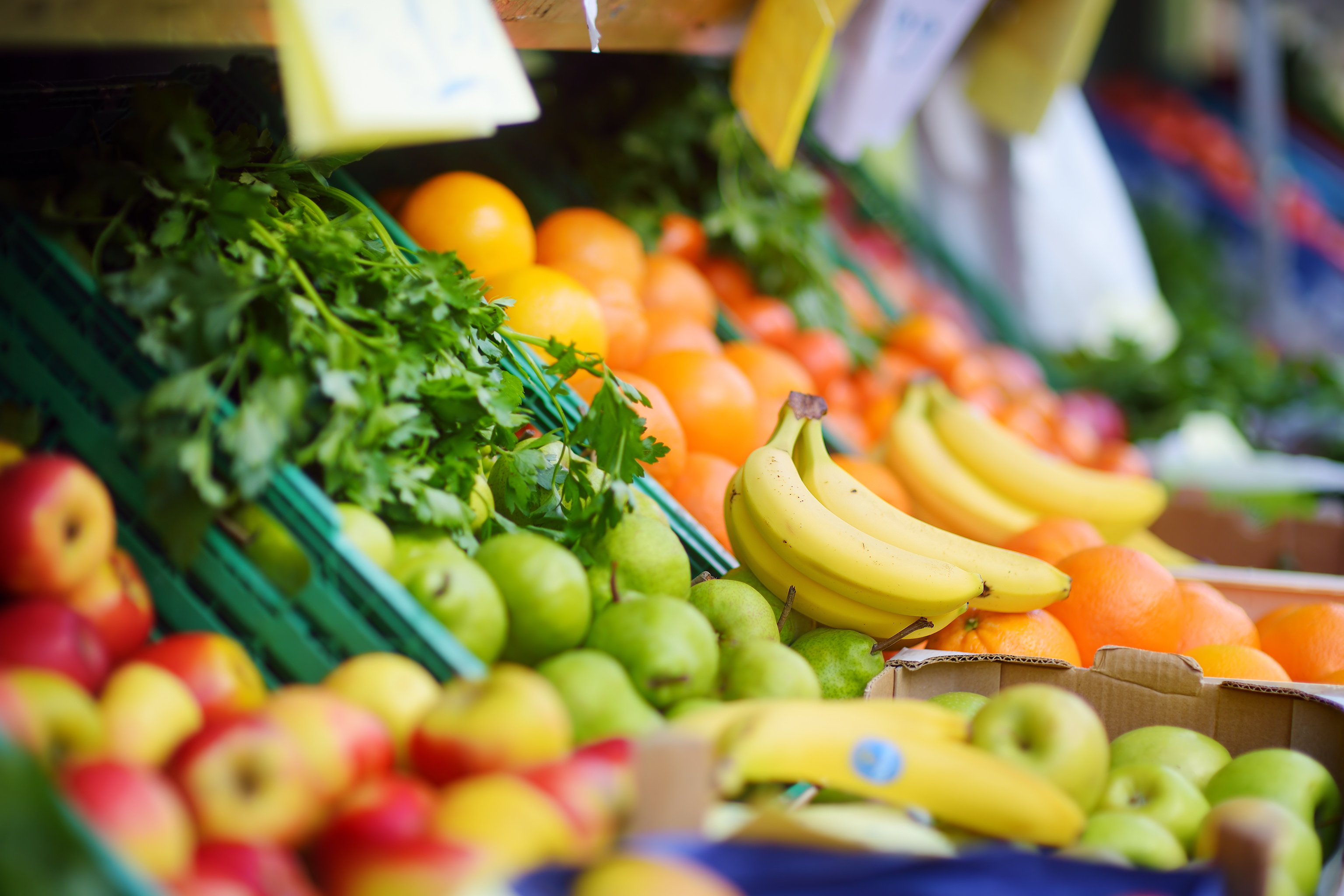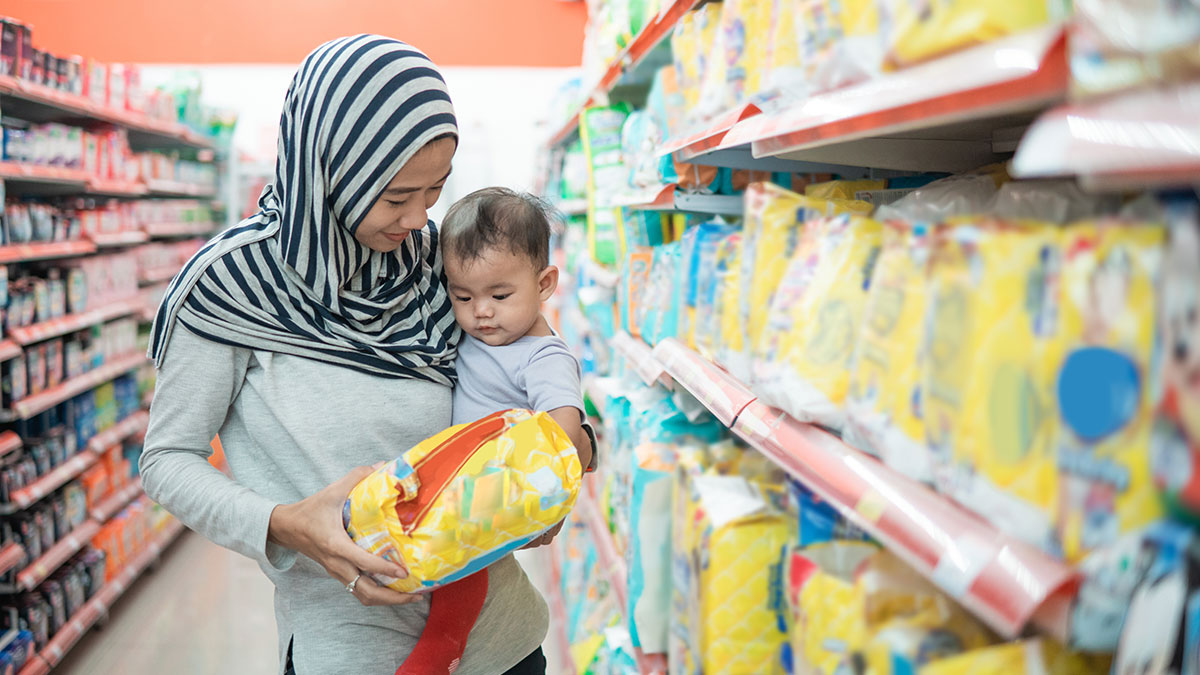By: Farleigh Lichstein, Director, Education, FMI

During this year’s virtual FMI Midwinter Executive Conference, FMI and NielsenIQ shared research that suggests many grocery shoppers are likely to carry on with their digital shopping habits as the COVID-19 pandemic continues. In particular, click-and-collect, where shoppers come to the store or another designated location to retrieve their orders, is expected to continue its upward climb. In 2020 click-and-collect saw a 130% increase in orders and a 113% uptick in users.
The Need for Cold Chain Solutions
As retailers across the country experiment to find the best strategies to assemble and prepare online orders as quickly and efficiently as possible, cold chain management is emerging as a crucial consideration, especially as it relates to food safety and product integrity. This means a growing number of cold storage companies are becoming involved in the process of planning and execution with their retail partners.
Amy Childress, VP of marketing and planning, cargo solutions for Emerson’s Cold Chain Business, recently noted on Emerson’s “Climate Conversations” blog: “Click-and-collect business models have introduced new refrigeration requirements; but many of the walk-in cold storage lockers and reach-in coolers installed for these purposes were undersized for pandemic-driven spikes in volumes. What’s more, many of these coolers were not designed for high volumes of traffic, and frequent opening and closing of doors cause infiltration of warmer, humid air.
“Simply put, retailers need new refrigeration strategies to manage the high volume of orders, maintain precise temperatures, and keep up with today’s demand,” she wrote.
Emerging Refrigeration Options for Fulfillment
To help address these challenges, Emerson launched the Copeland Digital Outdoor Refrigeration Unit, X-Line Series. This model provides refrigeration for medium-temperature, walk-in coolers, such as those used by supermarkets making the transition to ecommerce business models.
Emerson’s new design is just one example of cold storage innovation. This past October, Hussmann introduced its Smart Exchange Locker, which is a self-service, secure locker that can store goods inside stores or outdoors until customers are ready to pick them up. Modules are available in frozen, refrigerated and ambient temperatures.
Boise, Idaho-based Albertsons, meanwhile, is piloting a contactless grocery pickup kiosk made by Estonia-based Cleveron. The temperature-controlled unit is located in the parking lot of a Jewel-Osco store in Chicago.
What’s on the Horizon for Cold Chain
FMI recently caught up with Joe McMenamin, director of ecommerce for KPS Global in Fort Worth, Texas, to discuss how his company is involved in the cold chain storage aspect of ecommerce order fulfillment. KPS Global is doing custom work for major retailers, as well as their micro fulfillment partners, creating solutions that unify cold storage panels and refrigeration with robotics, along with walk-in coolers and freezers explicitly designed for ecommerce needs.
In McMenamin’s view, ecommerce fulfillment is still in its infancy. Since the advent of COVID-19, a number of grocers have relied on third-party providers like Instacart as a point of entry. Even with this strategy, though, they needed a designated area to stage orders for pickup or delivery.
“In the beginning, retailers turned to self-contained plug-and-play units as a short-term response due to time and space limitations,” he explains. Now if they have space in back of their stores, some are placing additional walk-in coolers and freezers there. Others are utilizing real estate outside to add on to their existing buildings, he observes.
Another thing he has noticed is that customers tend to underestimate how much space they need for ecommerce fulfillment. “With one customer, we returned in less than two years to replace boxes for new ones that were five times their original size, all to support their increased capacity needs,” he says.
Store Design Meets Ecommerce
In fact, retailers are now beginning to take ecommerce fulfillment into consideration as they design new stores for the future, according to McMenamin. “Many grocers have already begun to design store layouts with space allocated specifically for online grocery fulfillment. We see significant movement ranging from the traditional walk-in types to several new micro fulfillment projects. We’re now at version 2.0 in the evolution of the segment.”
Bentonville, Ark.-based Walmart, for instance, recently said it’s planning to create more “local fulfillment centers” in its stores going forward. Walmart’s SVP of customer product, Tom Ward, defines the concept as a “compact, modular warehouse built within, or added to, a store” and storing fresh and frozen items, as well as thousands of popular nonperishable items.
Looking to the future, new hybrid store concepts may feature smaller floor space for in-store shopping, perhaps for more fun items like cheese, wine and specialty foods, along with more storage area for shelf-stable items that could be preordered and assembled before the shopper even enters the store.
McMenamim is excited by the innovation taking place in the industry, because in his view, “Grocery ecommerce is here to stay, and food safety, including cold storage, goes hand in hand.”


 Industry Topics address your specific area of expertise with resources, reports, events and more.
Industry Topics address your specific area of expertise with resources, reports, events and more.
 Our Research covers consumer behavior and retail operation benchmarks so you can make informed business decisions.
Our Research covers consumer behavior and retail operation benchmarks so you can make informed business decisions.
 Events and Education including online and in-person help you advance your food retail career.
Events and Education including online and in-person help you advance your food retail career.
 Food Safety training, resources and guidance that help you create a company food safety culture.
Food Safety training, resources and guidance that help you create a company food safety culture.
 Government Affairs work — federal and state — on the latest food industry policy, regulatory and legislative issues.
Government Affairs work — federal and state — on the latest food industry policy, regulatory and legislative issues.
 Get Involved. From industry awards to newsletters and committees, these resources help you take advantage of your membership.
Get Involved. From industry awards to newsletters and committees, these resources help you take advantage of your membership.
 Best practices, guidance documents, infographics, signage and more for the food industry on the COVID-19 pandemic.
Best practices, guidance documents, infographics, signage and more for the food industry on the COVID-19 pandemic.
